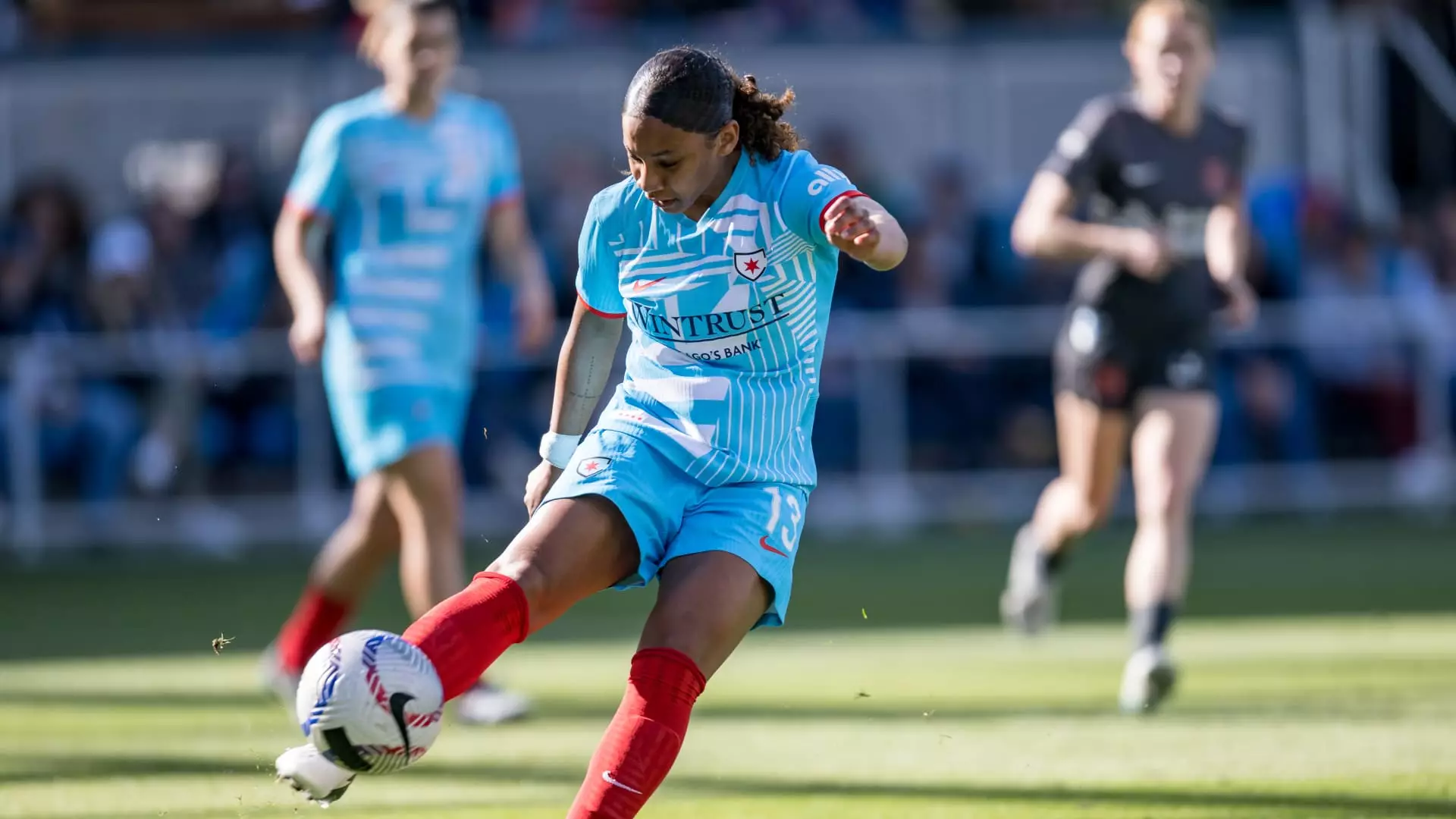In recent years, a growing trend has emerged where corporations recognize the untapped potential of professional athletes, offering them internships as a way to prepare for life after their sports careers. Companies like Gallagher and Nationwide have initiated programs designed explicitly for athletes, aiming to bridge the often-overlooked gap between athletic prowess and corporate competence. While on the surface, this appears to be an applaudable effort to support athletes in their transitional phase, a closer look reveals complex underlying issues tied to exploitation, inequality, and the clichéd commodification of sports personalities.
These programs serve as a double-edged sword. On one hand, they provide a concrete pathway for athletes who face careers with uncertain longevity, often plagued by injuries or declining performance that prematurely cut short their time in the spotlight. On the other, they risk reducing athletes to mere commodities—talent pools to be exploited for corporate gains—while failing to address the systemic disparities that make such opportunities exclusive rather than accessible. The question becomes whether these internships genuinely empower the athletes or simply reflect the insatiable thirst of corporations to capitalize on the celebrity status of sports stars, further blurring the lines between genuine mentorship and opportunistic marketing.
The Illusion of Equal Opportunity and the Reality of Power Dynamics
One of the most glaring issues with these programs is their inherently selective nature. Not every athlete has access to a high-profile internship, which raises questions about equity and fairness. While Gallagher’s program was piloted with NFL players and expanded to include NWSL stars, these opportunities often depend on high visibility, existing connections, or media profiles. This privilege reinforces existing inequalities within sports and beyond. Athletes from less prominent leagues or those with fewer resources are often excluded, illustrating how corporate initiatives can inadvertently perpetuate elitism rather than democratize access.
Furthermore, the hospital-like environment of these internships often mirrors corporate hierarchies that favor conformism over critical thinking. Athletes are expected to absorb a vast amount of new skills within a short duration, sometimes with little regard for their existing commitments or their mental health. This transactional approach turns athletes into workforce training tools rather than fostering meaningful, long-term growth. It questions whether these programs place the athlete’s best interests above corporate profit or whether they are yet another example of sports being commodified to serve broader economic ambitions.
Shifting Perspectives: From Corporate PR to Genuine Support
One could argue that these initiatives, despite their flaws, are steps toward a more inclusive and supportive environment for athletes transitioning out of sports. The idea that corporations seek to humanize their brand by associating with athletes’ stories is, to some extent, a positive development. It signals a recognition of the importance of athlete welfare beyond the game, potentially fostering a culture of respect and understanding.
However, this approach often feels superficial. The testimonies from Nesbeth and Curran suggest genuine excitement about the opportunities, but it’s worth questioning whether these sentiments are entirely free from the influence of well-crafted corporate messaging. Are athletes truly empowered to shape their post-sports careers, or are they subtly being conditioned to see these internships as the only viable options? The risk lies in fostering a one-dimensional view of success, equating it solely with corporate employment, rather than embracing diverse pathways that honor individual passions, skills, and aspirations.
In essence, while these programs might appear to champion athlete welfare, they risk serving broader corporate interests that prioritize brand image and profit margins. Genuine support would involve addressing systemic inequities, creating accessible opportunities, and recognizing athletes as multifaceted individuals beyond the confines of their athletic identities. As society continues to celebrate athletic achievement, we must remain critical of how such partnerships shape and sometimes distort the true value and potential of athletes in our economy and culture.

